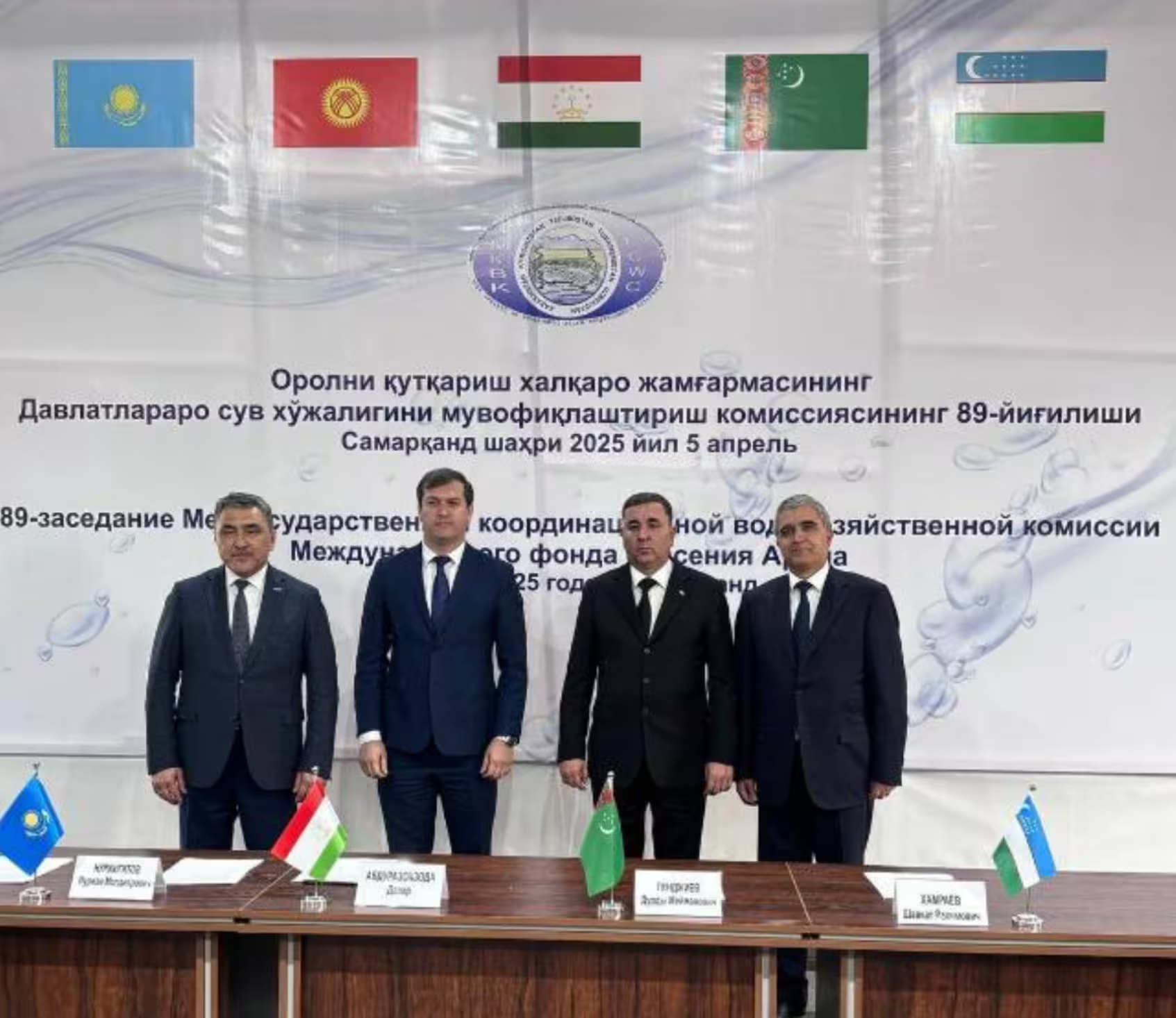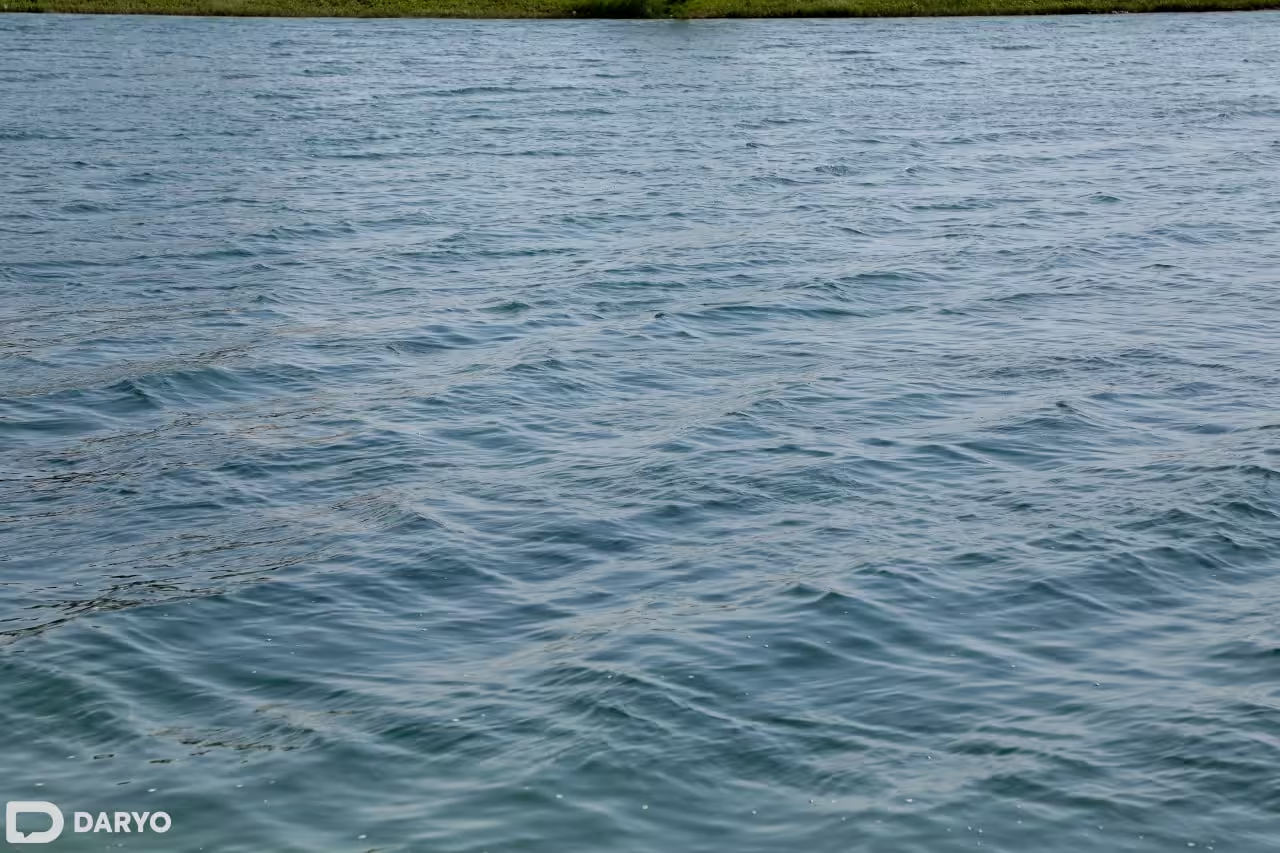Kazakhstan is set to receive 3.7bn cubic meters of water from the Syr Darya River during the 2025 irrigation season, following regional agreements made at the 89th meeting of the Interstate Coordination Water Management Commission of Central Asia, held in Samarkand.

The agreement was reached by Kazakhstan’s Minister of Water Resources and Irrigation, Nurzhan Nurzhigitov, together with his counterparts from Tajikistan, Turkmenistan, and Uzbekistan. The discussions focused on strengthening regional cooperation to ensure fair water distribution across Central Asia during the upcoming growing season.
As part of the arrangement, Kazakhstan will receive 909mn cubic meters of water through the Dostyk interstate canal. An additional 975mn cubic meters will be allocated to support the ecological recovery of the North Aral Sea.
“We are currently directing floodwaters to lakes, rivers, and reservoirs. But when it comes to the southern regions, water diplomacy is critical,” said Minister Nurzhigitov. “We’ve been negotiating since last year to prepare for the summer irrigation period. The water from the Syr Darya will be stored in the Shardara Reservoir and used to support agriculture in the south.”
Nurzhigitov also noted that last year’s success in meeting irrigation needs was made possible through efficient water allocation, timely negotiations with neighboring countries, and the adoption of water-saving technologies.

“We aim to replicate last year’s achievements and ensure our farmers have the water they need this season as well,” he added.
According to official data, from October 2024 to April 1, 2025, Uzbekistan delivered 12.6bn cubic meters of water to Kazakhstan—1.7bn cubic meters more than initially planned.
Earlier, Kazakhstan announced to invest $354mn toward 98 water-related projects, with a focus on building reservoirs, modernizing canals, and enhancing water supply systems to strengthen water security, boost agricultural output, and promote environmental sustainability.
Additionally, Climatologist Erkin Abdulahatov has recently raised alarm over the newly constructed Qosh Tepa Canal in northern Afghanistan, which is drawing significant concern across Central Asia. The canal diverts an estimated 10 cubic kilometers of water annually from the Amu Darya River—a crucial water source for countries downstream.
The river’s flow is highly variable, ranging from over 70 cubic kilometers in wet years to just 35 cubic kilometers in dry periods. In recent years, the average flow has hovered between 40 and 50 cubic kilometers. This means the Qosh Tepa Canal is now diverting approximately 20–25% of the river’s total volume, intensifying water stress in Uzbekistan, Turkmenistan, and Tajikistan.
Follow Daryo's official Instagram and Twitter pages to keep current on world news.
Comments (0)